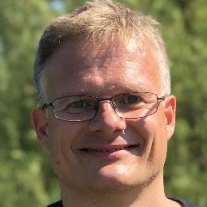Sustainable Water Management
A special issue of Sustainability (ISSN 2071-1050). This special issue belongs to the section "Resources and Sustainable Utilization".
Deadline for manuscript submissions: closed (30 October 2009) | Viewed by 117492
Special Issue Editor
Interests: water resources engineering; agricultural water management; pollution control; wastewater treatment; decision support systems; treatment wetlands; integrated constructed wetlands; hydrology; storm water management; sustainable flood retention basins; sustainable drainage systems; permeable pavement systems; ponds
Special Issues, Collections and Topics in MDPI journals
Special Issue Information
Sustainable water management is part of sustainable development; meeting the needs of the present without compromising the ability of future generations to meet their own water needs. Achieving sustainable water management requires a multidisciplinary and holistic approach in which technical, environmental, economic, landscape aesthetic, societal and cultural issues are addressed. Further research is required to guide the development of appropriate sustainable water management measures, strategies and policies.
The wider research community is therefore invited to contribute to this special issue by submitting comprehensive critical reviews and original research articles.
Keywords
- Sustainability
- Sustainable development
- Water supply
- Water treatment
- Wastewater treatment
- Storm water management
- Natural treatment methods
- Wetlands
- Management
- Strategies and policies
- Global change
- Flood retention structures





